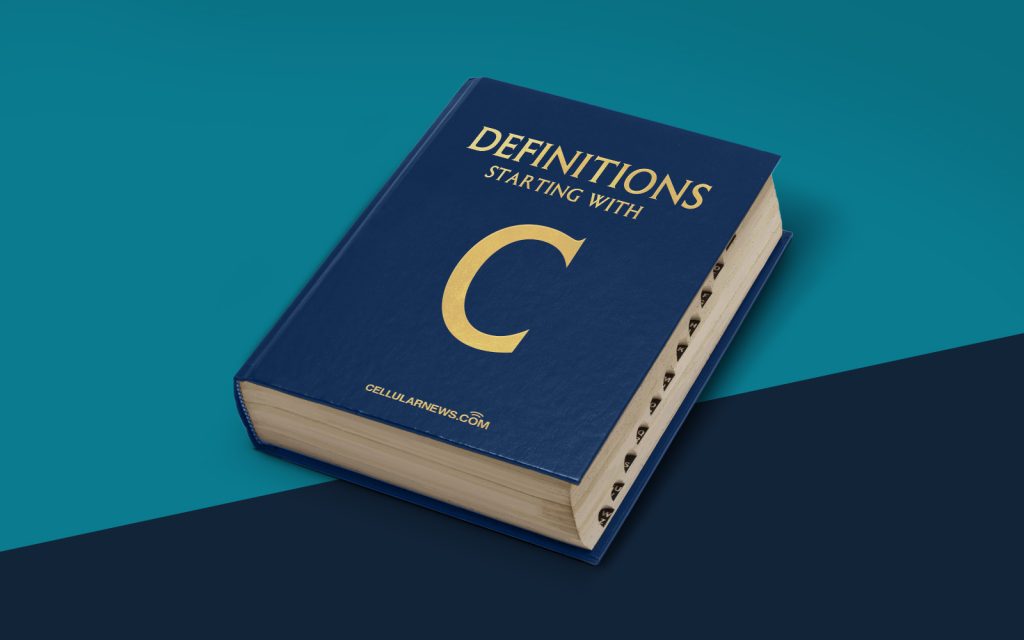
Introduction
Have you ever stumbled upon those enticing headlines that seem too good to ignore? You know, the kind that makes you stop scrolling and click on it immediately? Well, my friend, you’ve just encountered the fascinating world of clickbait! So, what is clickbait exactly? I’m here to give you the lowdown on this ever-present internet phenomenon.
Key Takeaways:
- Clickbait is content with sensationalized headlines, images, or titles.
- The purpose of clickbait is to generate clicks and drive traffic to a website or article.
What is Clickbait?
Clickbait refers to content that is designed to attract attention and generate traffic through sensationalized headlines, images, or titles. The goal of clickbait is to entice users to click on a link, often leading to a website or article that doesn’t quite live up to the expectation created by the headline.
How Does Clickbait Work?
The art of clickbait lies in its ability to exploit our curiosity, emotions, and desire for instant gratification. It hooks us by making outrageous claims, offering irresistible promises, or creating an air of mystery, leaving us with no choice but to click and satisfy our curiosity.
Here are a few common tactics used in clickbait:
- Sensationalized Headlines: Using exaggerated or shocking language to pique curiosity and make us curious to know more.
- Unbelievable Claims: Making outrageous promises that seem too good to be true, like “This One Simple Trick Will Change Your Life Forever!”
- Teaser Images: Utilizing provocative or misleading images to grab attention.
- Misleading Information: Creating a sense of urgency or fear by withholding key details and leaving us wanting more.
The Impact of Clickbait
While clickbait may initially drive traffic to a website or article, its long-term effects can be detrimental:
- Loss of Trust: When users click on a sensationalized headline only to find that the content is not as promised, their trust in the source diminishes.
- Poor User Experience: Clickbait can lead to frustration and disappointment for users who were enticed by the headline but find the actual content lacks substance or relevancy.
- Reduced Engagement: Users who feel deceived by clickbait are less likely to engage with future content from the same source, which can negatively impact a brand’s reputation and reach.
Conclusion
Clickbait, with its irresistible hooks and sensationalized promises, is an ever-present element of the online world. While it may attract clicks in the short term, it ultimately undermines trust and user satisfaction. As internet users, it is essential to be mindful of the clickbait tactics employed and to seek out reliable, trustworthy sources of information. Remember, not everything that glitters on the internet is truly gold!
